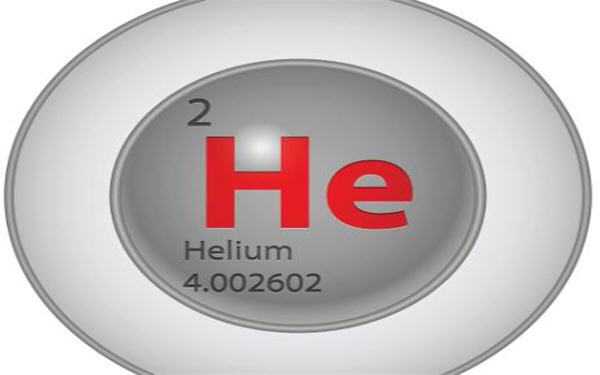
Pulsar Helium Inc. (TSXV:PLSR)
The Force in Helium.

Recently, our Metal 100 host Gilbert Chan interviewed Thomas Abraham-James, president and CEO of Pulsar Helium Inc. (TSXV: PLSR, FRA: Y3K). Pulsar specializes in helium mining. I’m sure this is the first time many people have heard of helium mining. In fact, helium is so widely used and so expensive that it has been called “gas gold”.
Helium, a rare gas with the chemical formula He, is colorless, odorless, chemically inactive and difficult to react with other substances under normal conditions. Helium has a wide range of applications, with semiconductors and panels being the main additions in recent years. Helium is the element with the lowest known melting and boiling points, low density, low solubility, high thermal conductivity, strong chemical inertness and other properties。Because of its unique properties, Helium is widely used in aerospace, submarines, cutting-edge scientific research, high-end manufacturing, medical transportation and other fields.
Helium is difficult to extract from air and is mainly produced by the LNG-BOG process. There are many different production processes for helium, but currently the mainstream process is to purify the BOG tail gas from natural gas, and the main source of helium production is from helium-rich natural gas resources. Helium resources are highly concentrated globally, with the United States, Qatar and a few other countries dominating production capacity. According to USGS data, in 2021, the helium production capacity of the United States will be about 77 million standard cubic meters, accounting for 48.13%, and the production capacity of Qatar will be about 51 million standard cubic meters, accounting for 31.88%. The U.S., Qatar, Algeria, and Russia together account for nearly 90% of the world’s resources.
Helium is subject to supply-side influences and often fluctuates in price at high levels globally. In contrast to other rare gases whose prices are driven up by panic triggered by international geopolitical conflict events, the two price increases for helium that have occurred over the past five years have resulted from substantial supply shortages.
According to the Global Helium Exploration and Utilization Progress, if global helium demand grows at a compound annual growth rate of 3%, coupled with an increase in supply from various countries around the world, a tight supply/demand pattern cannot be ruled out in the future.